Case Study
Code meets Curriculum: Building Stanford AI Club's Digital Empire
How we transformed a regular club website into the gold standard AI education platform that boosted engagement by 300% and became the blueprint for universities worldwide
- Client
- Stanford AI Club
- Year
- Service
- Full-Stack Development, UI/UX Design

Executive Summary
Brain, code, and community: Stanford AI Club's AI education platform
The Stanford Artificial Intelligence Club approached Nyntax with a vision to create more than just a platform. They wanted to build the next generation AI education platform that would democratize artificial intelligence education while fostering innovation and collaboration within the academic community. Our team delivered a cutting-edge, user-centric platform that serves as a hub for students, researchers, and professionals.
- Project Duration: 6 months
- Team Size: 4 specialists
- Client: Stanford AI Club
- Location: California, USA
- Industry: Education Technology
- Status: Live & Maintained
What We Brought to the Table
- UX Research & Strategy
- UI/UX Design
- Full-Stack Development
- System Architecture
- Performance Optimization
- Accessibility Implementation
- Testing & Quality Assurance
- Ongoing Maintenance & Support
Where Things Broke (So We Could Build Better)
Engagement drops, content chaos, and no path to scale and the platform was holding the club back. We saw the cracks and got to work rebuilding from the ground up.
- Engagement Barrier
- The existing platform failed to engage users effectively, with high bounce rates and low user retention. Students found it difficult to discover relevant content and participate in club activities.
- Scalability Concerns
- The club's rapid growth demanded a platform that could handle increasing user loads while maintaining performance and user experience quality.
- Content Management Complexity
- Non-technical team members struggled with content updates, leading to outdated information and reduced platform effectiveness.
- Interactive Learning Gap
- Traditional static content failed to provide the hands-on learning experience that AI education requires, limiting the platform's educational impact.
- Technical Fragmentation
- Lack of a unified system architecture made it difficult to maintain consistency across different platform features and integrate new functionalities.
- UX/UI Design & Accessibility
- Mobile-first users needed an engaging, accessible experience that upheld Stanford's brand while meeting WCAG standards for inclusive learning.
Project Overview
The Stanford Artificial Intelligence Club (Stanford AI Club) is a student-led community in California dedicated to AI education and innovation. Its website needed to serve as a dynamic hub for students, professionals, and sponsors. In the club's own words, it is "The Premiere AI Club at Stanford," inviting visitors to "engage and innovate with the brightest minds" through workshops, talks, and projects.
Our goal was to create a platform that showcases the club's activities (workshops, reading groups, projects) and fosters collaboration. For example, the site highlights activities like nonprofit AI projects (“bringing ML expertise to non-profits worldwide”) aimed at “democratiz[ing] AI and reducing inequality.” We worked closely with the club and the members to build a site that met their vision.
Key Stakeholders
- Primary Users: Stanford students interested in AI
- Secondary Users: Researchers, industry professionals, and sponsors
- Tertiary Users: General public seeking AI education resources
Not Just Another Dev Sprint
This was thoughtful, deliberate, and made for scale. We mapped every step to the club's mission and made sure the tech never held them back.
User-Centric Design Philosophy
User-Centric Design Philosophy
We prioritized understanding the unique needs of Stanford students and researchers, creating an intuitive platform that adapts to their learning journey.
- Extensive User Research
- Intuitive Navigation
- Personalized Learning
- Responsive Design
Scalable Architecture Foundation
Scalable Architecture Foundation
Built on modern, scalable technologies that can grow with the club's expanding needs while maintaining optimal performance and developer experience.
- Turborepo
- Next.js Performance
- Modern Development
- Maintainable Codebase
Content Management Revolution
Content Management Revolution
Transformed content management from a technical burden to a seamless experience, empowering non-technical users to keep the platform fresh and engaging.
- Custom CMS
- User-Friendly
- Event Management
- Form Management
Interactive Learning Integration
Interactive Learning Integration
Integrated cutting-edge learning tools that transform passive consumption into active, hands-on learning experiences for AI enthusiasts.
- AI-Powered Chatbot
- Interactive Tutorials
- Floatbook
- Hands-on Coding
Technology Behind the Platform
We built the Stanford AI Club platform using cutting-edge technologies that ensure scalability, performance, and maintainability.
Frontend & Styling
Next.js
TypeScript
Tailwind CSS
Radix UI
Backend & Database
Firebase
Infrastructure
Vercel
Turborepo Monorepo
Design System
From Cardinal Red toGeist Sansfonts, every design choice was intentional. Our system blends consistency, accessibility, and a vibe that screams "smart but friendly".
12-Column Grid System
Color Palette
Primary Colors
Cardinal Red
Primary
Main brand color, primary buttons, links
#922B40rgb(152, 31, 53)Cardinal Red Light
Primary Variant
Hover states, backgrounds
#FEF1F1rgb(254, 241, 241)Neutral Colors
Gray 900
Text Primary
Primary text, headings
#111827rgb(17, 24, 39)Gray 600
Text Secondary
Secondary text, descriptions
#4B5563rgb(75, 85, 99)Gray 300
Border
Borders, dividers
#D1D5DBrgb(209, 213, 219)Typography
text-4xl font-boldThe quick brown fox jumps over the lazy dog
text-3xl font-semiboldThe quick brown fox jumps over the lazy dog
text-2xl font-mediumThe quick brown fox jumps over the lazy dog
text-lg font-normalThe quick brown fox jumps over the lazy dog. This is an example of body text that would be used for longer content sections.
text-base font-normalThe quick brown fox jumps over the lazy dog. This is the standard body text size used throughout the application.
text-sm font-normalThe quick brown fox jumps over the lazy dog. This smaller text is used for captions and secondary information.
text-xs font-medium uppercase tracking-wideThe quick brown fox jumps over the lazy dog
Results & Impact
- Increase in monthly users
- 150%
- Growth in event signups
- 250%
- Reduction in bounce rate
- 65%
- Increase in session time
- 180%
Metrics
- 95+
Lighthouse performance score
+111% - 100%
Accessibility compliance achieved
+54% - 98/100
SEO score
+36% - 80%
Reduction in content update time
+100% - 99.9%
Uptime achieved
+5% - 95%
Content updates by non-technical users
+850% - 150%
Increase in content publication frequency
+50%
Comparison


Project Screenshots
Explore the key features and improvements we implemented for the Stanford AI Club website. Click on any image to view it in full screen.
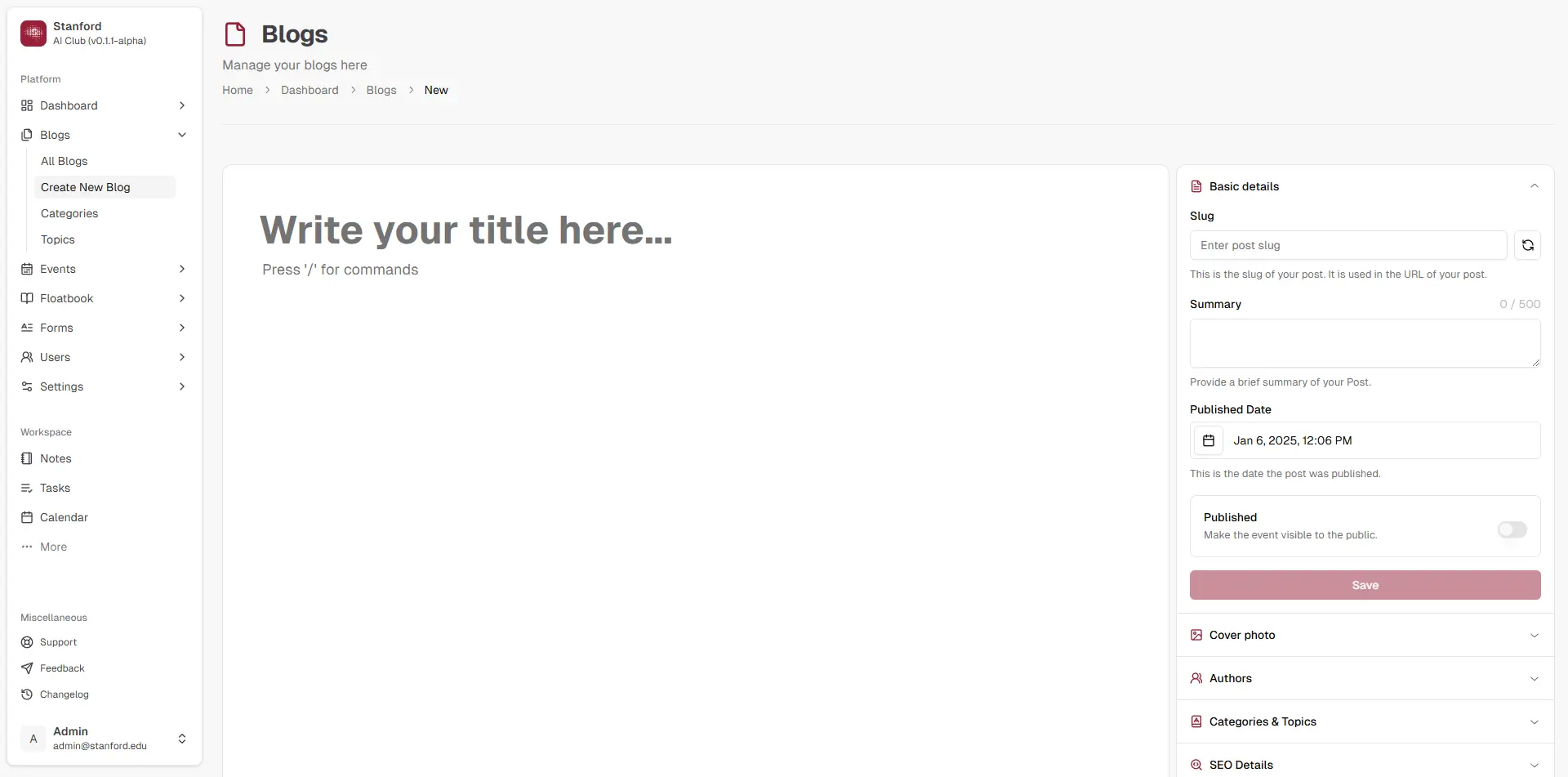
Blog Section
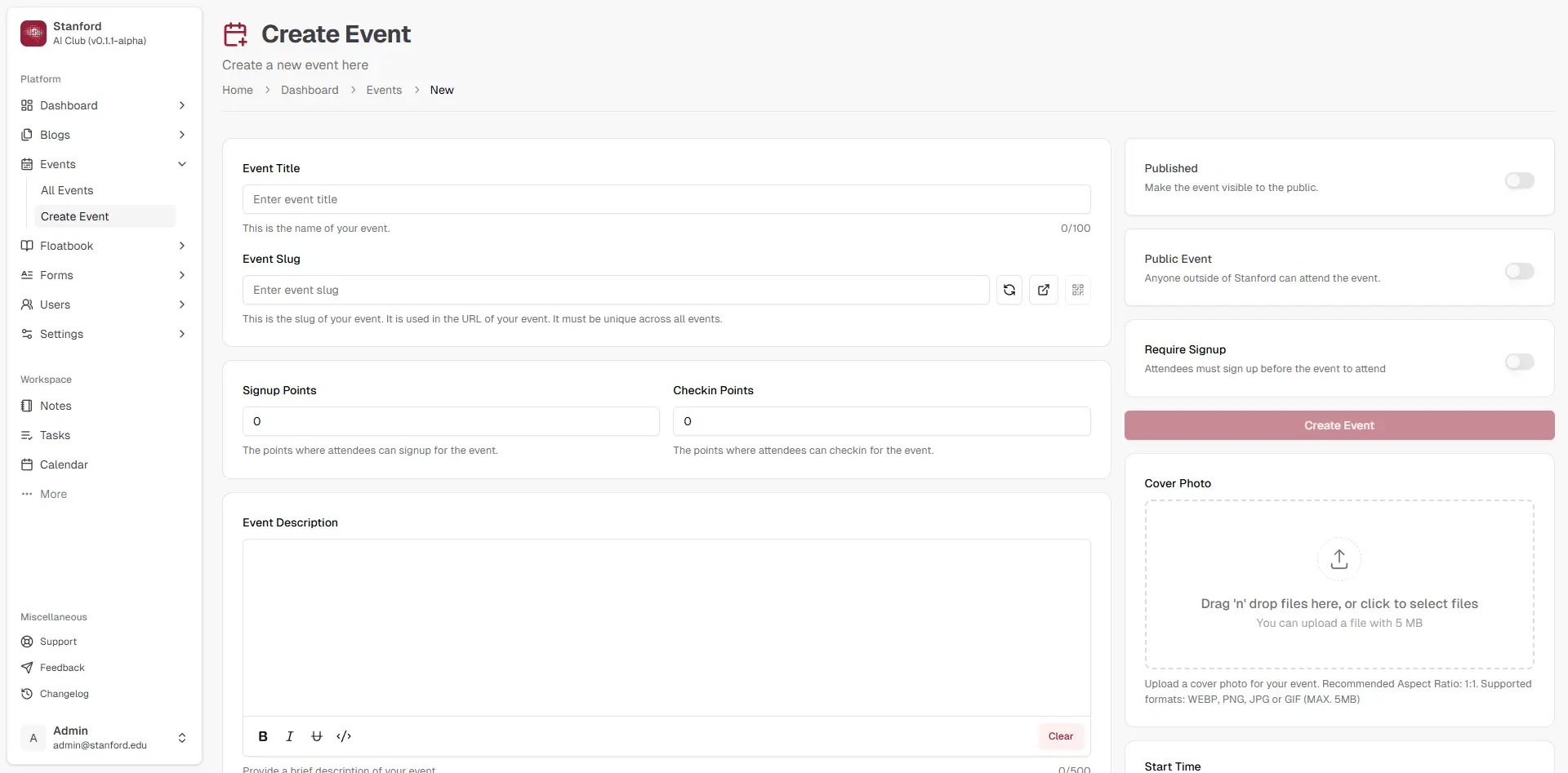
Event Management
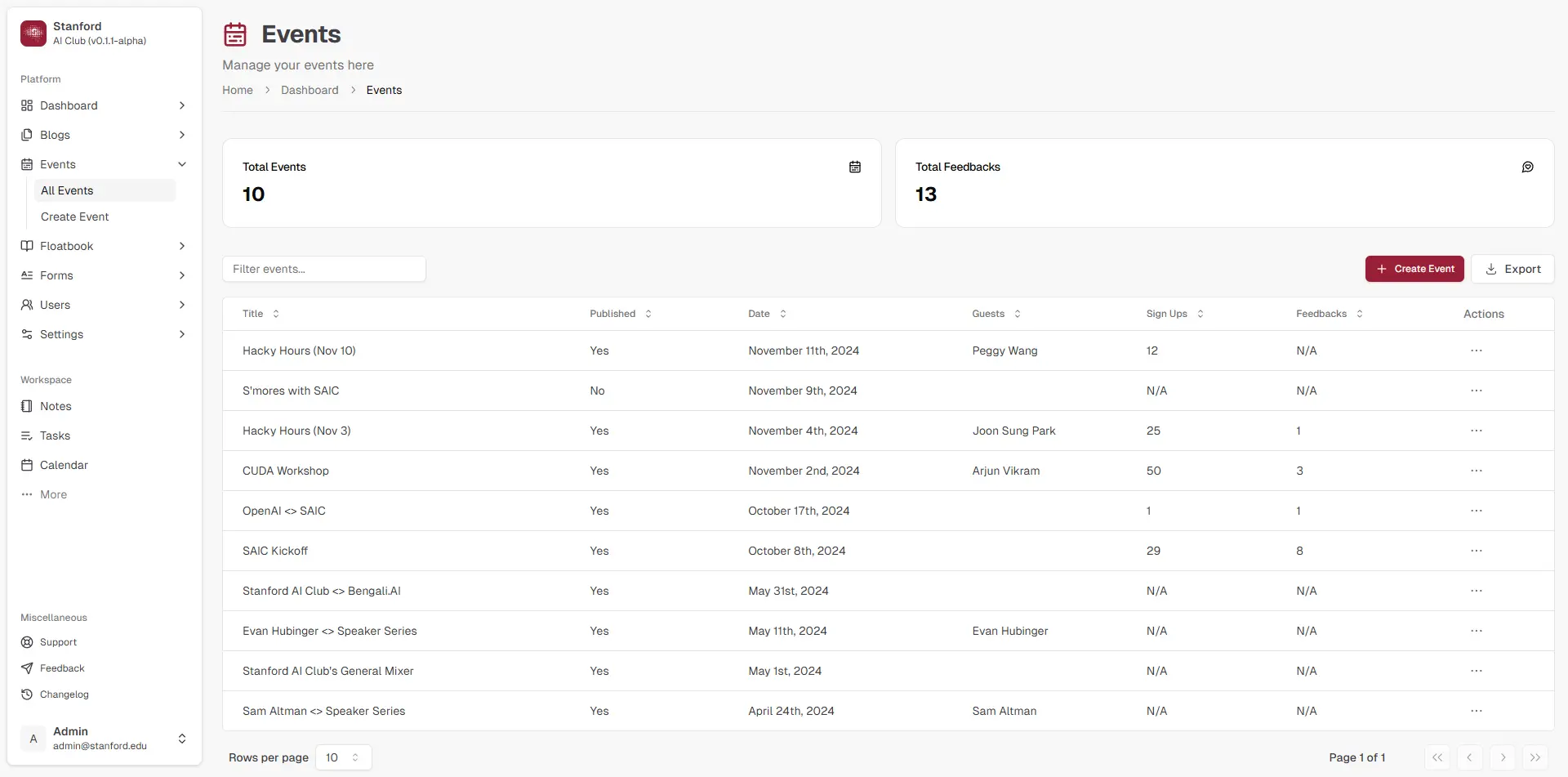
Events Overview
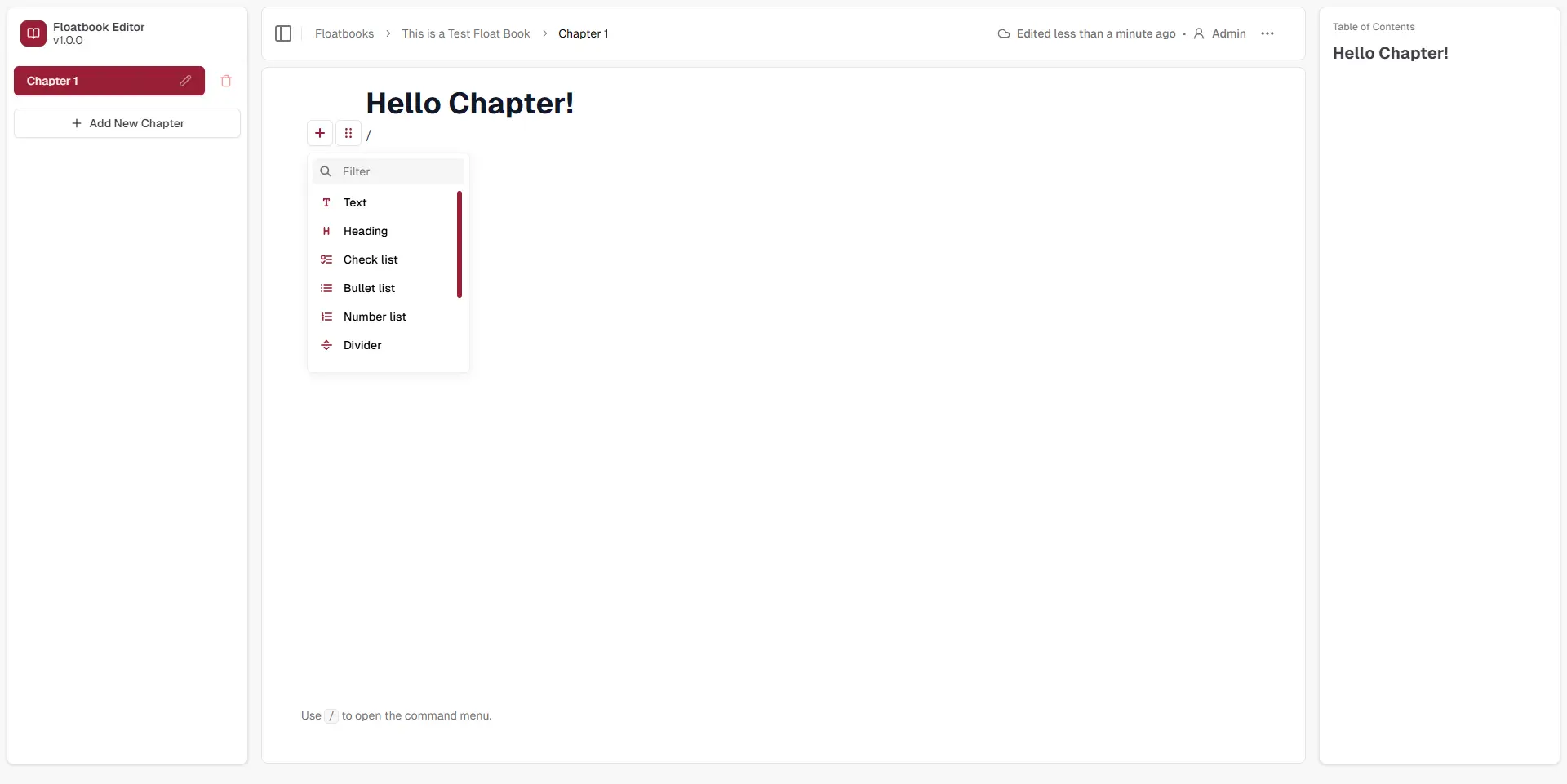
Floatbook Editor
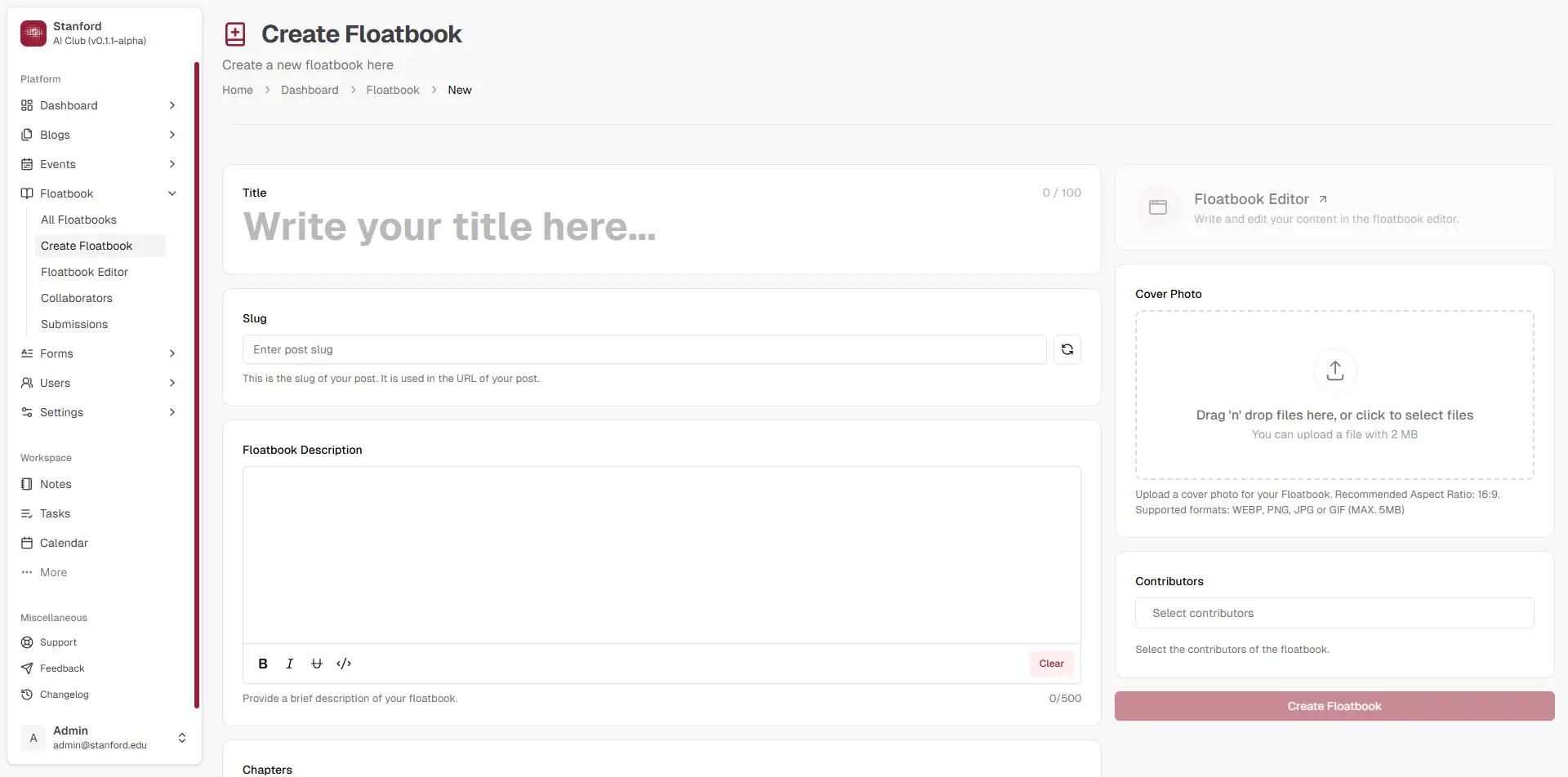
Floatbook Interface

Forms Management

User Management
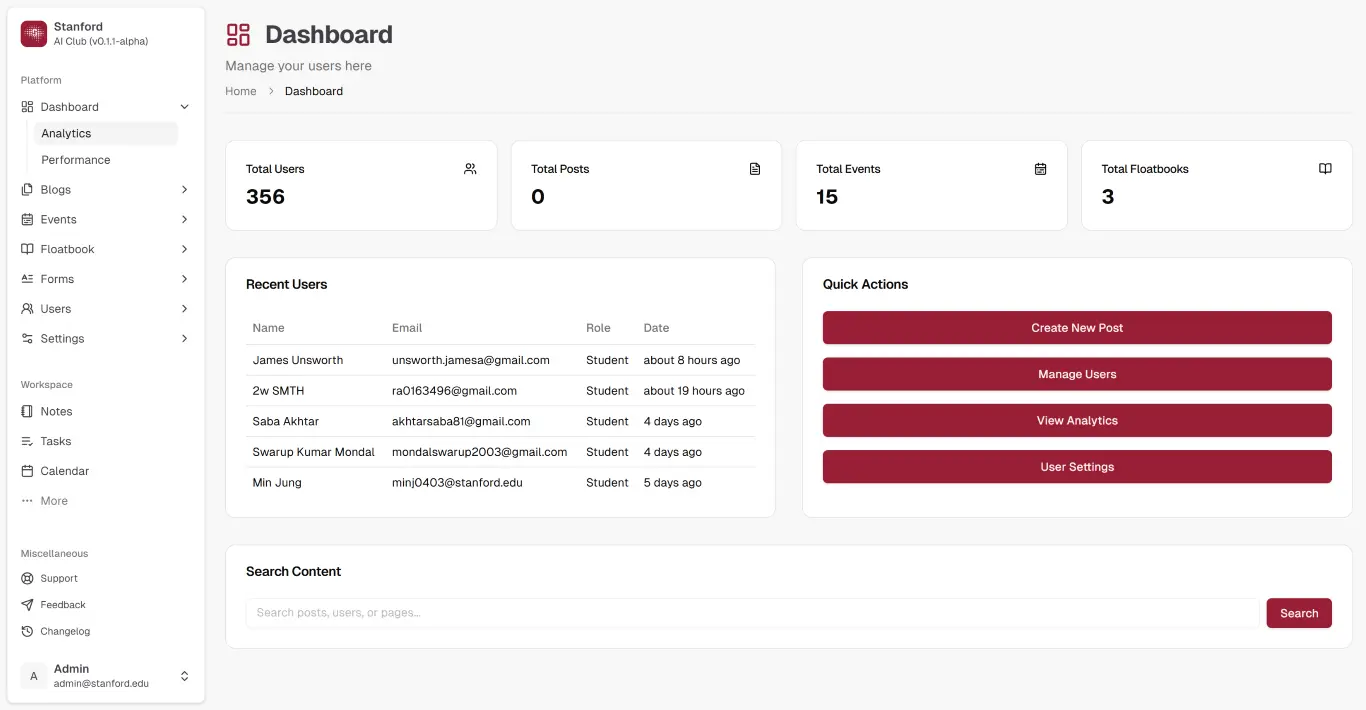
Admin Dashboard
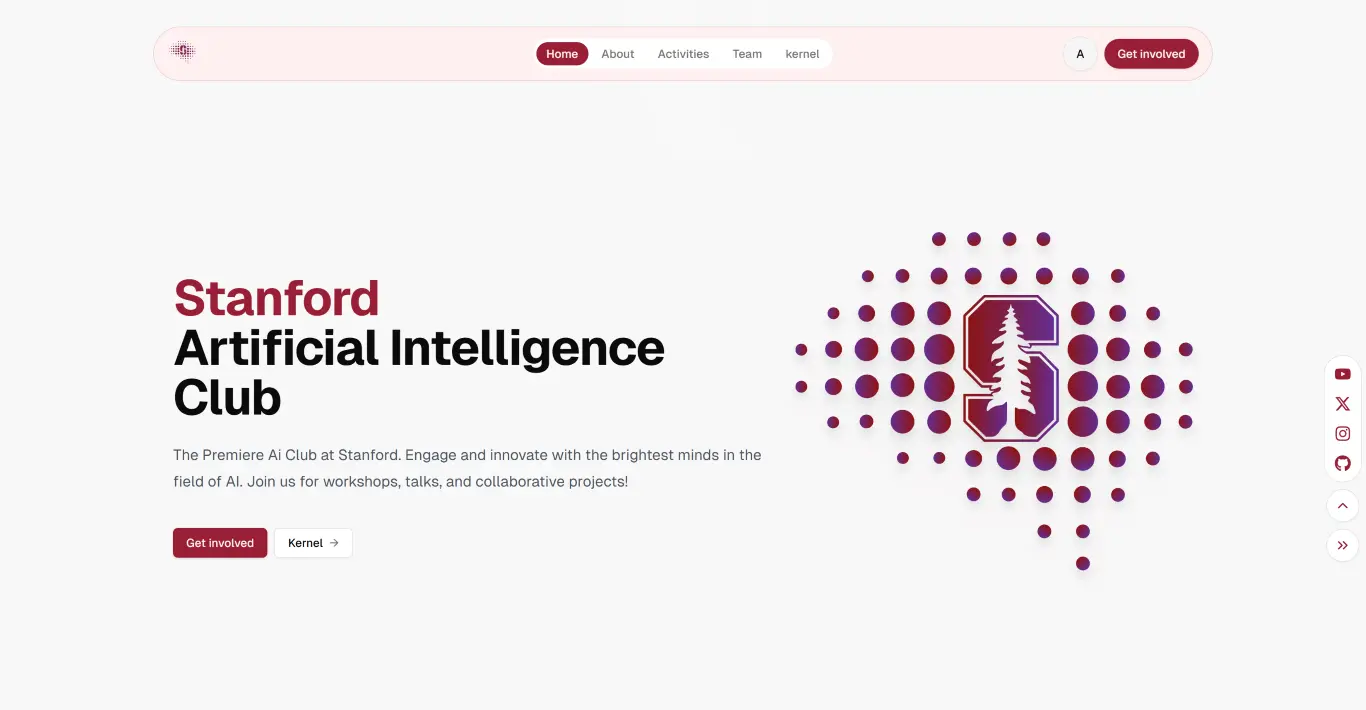
Landing Page
Technological Innovations
FloatBook Editor
Write, edit, and publish your book with ease. FloatBook Editor is a modern, user-friendly editor that allows you to create and publish your book with ease.

Event Management
Fully automated event management with our modern, user-friendly
Mobile First
Our mobile-first approach ensures that anyone can learn from any device.
Contextual AI Assistant
AI companion that matches users learning styles and helps solve complex...
Future Roadmap
We are committed to continuous improvement and innovation. Here is a glimpse of what we have planned for the future.
Project Kickoff
Design Phase
Development Sprint
Testing & Deployment
Phase 2 Enhancements (Q3 2025)
- AI-Powered Personalization with machine learning algorithms
- Advanced Analytics dashboard for comprehensive learning insights
- Native iOS and Android mobile applications
- Third-party integration capabilities through API development
Phase 3 Expansion (Q4 2025)
- Multi-University Network platform expansion
- Industry Partnership Portal for sponsor collaboration
- Research Publication System with peer-review workflows
- Virtual Reality Integration for immersive learning
Conclusion
The Stanford AI Club website project represents a successful transformation of an educational platform into a comprehensive, engaging, and scalable solution. By prioritizing user experience, implementing cutting-edge technology, and maintaining focus on educational outcomes, we created a platform that not only meets current needs but provides a foundation for future growth and innovation.
The project demonstrates how thoughtful technical architecture, user-centered design, and strategic implementation can create transformative digital experiences in the educational technology space. The platform now serves as a model for other university organizations and continues to evolve with the growing needs of the AI education community.
Key Success Factors
- Deep understanding of user needs and behaviors
- Strategic technical decision-making
- Commitment to accessibility and performance
- Collaborative development approach
- Continuous testing and iteration